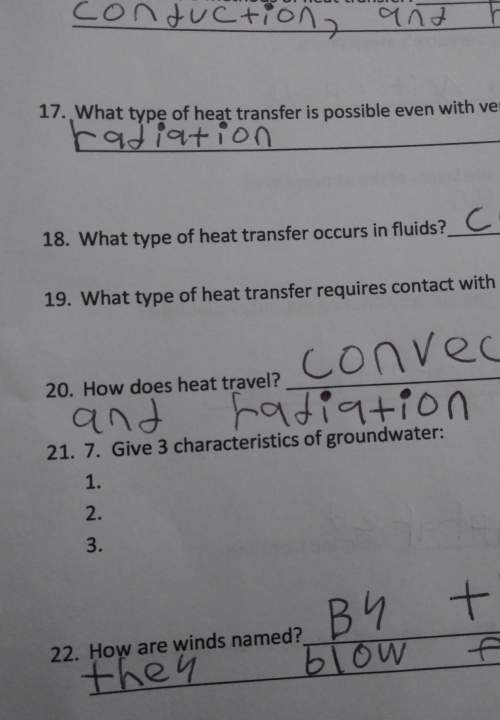
Physics, 10.12.2019 00:31, micvar9646
Objects 1 has half the mass of object 2 and the objects move toward each other and experience an inelastic collision. if both objects do not move after the collision compare the velocity of both objects before the collision.

Answers: 3
Other questions on the subject: Physics


Physics, 22.06.2019 09:30, ayeheavymetal
The graph represents the distance a car travels over time while on the highway. which statement about the car's trip is accurate? a) the car does not move over time. b) the car travels at a constant velocity. c) the car's velocity increases constantly over time. d) the car's velocity decreases constantly over time.
Answers: 1

Physics, 22.06.2019 19:50, justhereforanswers13
An air-filled capacitor is formed from two long conducting cylindrical shells that are coaxial and have radii of 26 mm and 103 mm. the electric potential of the inner conductor with respect to the outer conductor is - 700 v (k = 1/4πε 0 = 8.99 × 109 n · m2/c2) the energy stored in a 1.0-m length of this capacitor is closest to
Answers: 1

Physics, 23.06.2019 03:20, marshaehayes9444
Neutrons are placed in a magnetic field with magnitude 2.30 t. part a part complete what is the energy difference between the states with the nuclear spin angular momentum components parallel and antiparallel to the field? δe δ e = 2.77×10−7 ev previous answers correct part b part complete which state is lower in energy: the one with its spin component parallel to the field or the one with its spin component antiparallel to the field? which state is lower in energy: the one with its spin component parallel to the field or the one with its spin component antiparallel to the field? parallel antiparallel previous answers correct part c part complete how do your results compare with the energy states for a proton in the same field (δe=4.05×10−7ev)? how do your results compare with the energy states for a proton in the same field this result is smaller than but comparable to that found in the example for protons. this result is greater than but comparable to that found in the example for protons. previous answers correct part d the neutrons can make transitions from one of these states to the other by emitting or absorbing a photon with energy equal to the energy difference of the two states. find the frequency of such a photon. f f = mhz previous answersrequest answer incorrect; try again; 5 attempts remaining
Answers: 2
Do you know the correct answer?
Objects 1 has half the mass of object 2 and the objects move toward each other and experience an ine...
Questions in other subjects:

Computers and Technology, 20.10.2020 04:01

Mathematics, 20.10.2020 04:01

History, 20.10.2020 04:01

Biology, 20.10.2020 04:01


Mathematics, 20.10.2020 04:01



Spanish, 20.10.2020 04:01








